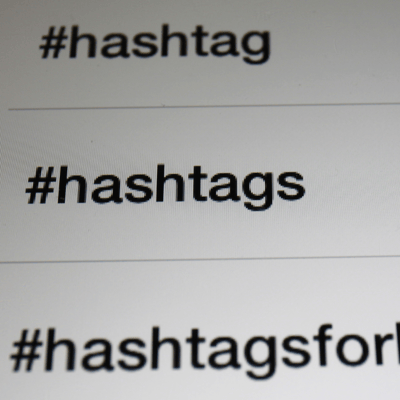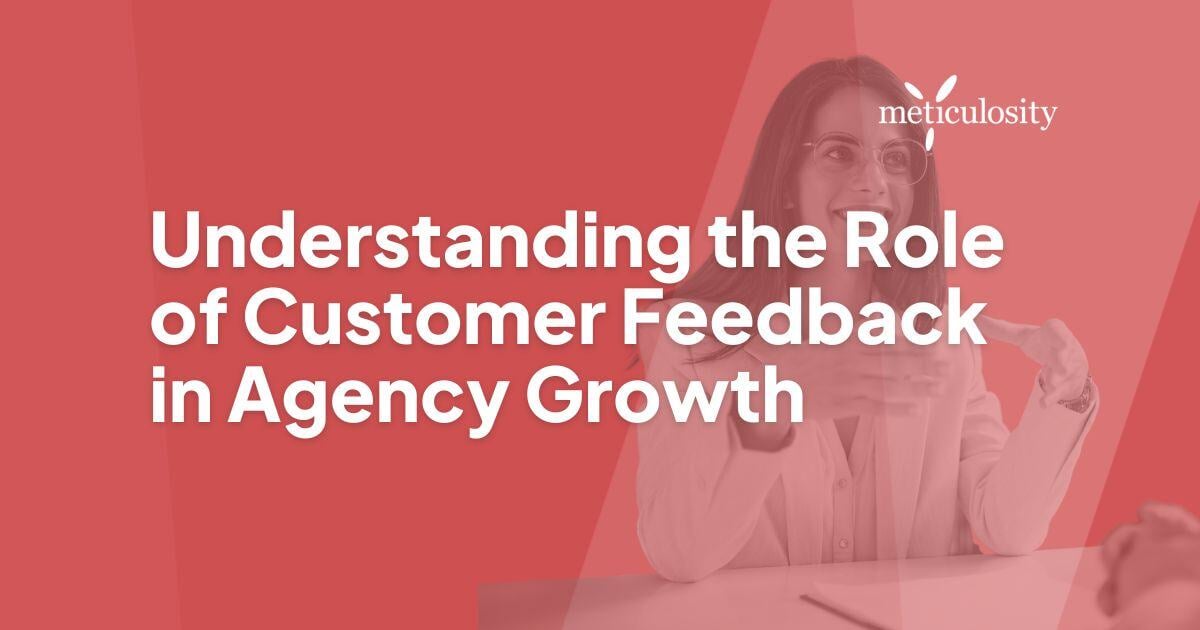In today's world, social media is everything. Brands are trying to stay relevant and create buzz with their products and services. Reactive marketing is one such strategy that can help your brand do just that.
Reactive marketing is all about reacting quickly to current events and trends to create content that resonates with your audience. In this blog post, we will dive deep into what reactive marketing is, how it differs from proactive marketing, and the benefits and potential risks of using it for your brand.
We also provide you with strategies for executing successful reactive marketing campaigns, along with some amazing examples of brands who have nailed their reactive marketing game. Lastly, we will share tips on how to use analytics to measure the success of your reactive marketing campaign so that you can keep improving your brand's engagement.
Table of Contents
What Is Reactive Marketing and How to Apply It to Your Brand
Reactive marketing is all about real-time marketing. Brands respond to the latest news stories or memes by generating content that can go viral in no time. It’s a proactive approach that allows marketers to stay top-of-mind with their target audience and seize every opportunity to make an impact.
However, there are potential risks involved in reactive marketing strategies that businesses must keep in mind while leveraging social media platforms like Facebook, Twitter, Instagram, or LinkedIn. To apply successful reactive marketing campaigns, companies need to have a clear idea of their brand voice and tone along with the right moment to strike while considering factors like buzz level and relevance.
Reactive Marketing vs. Proactive Marketing
Marketing strategies can be classified into two types: reactive and proactive. Reactive marketing involves responding to current events or trends in real-time, while proactive marketing is about initiating campaigns.

Both are important as reactive marketing can be timely, but proactive allows better planning. Combining both these approaches for a successful campaign will ensure maximum audience engagement.
Benefits of Reactive Marketing
Establishing your brand's personality and voice through reactive marketing is an effective way to stay relevant and reach a wider audience. Responding to current events or social media trends in real time allows for creative expression and unique content creation opportunities while attracting new audiences and enhancing brand loyalty among existing customers.
By staying up-to-date with the latest trends on social media platforms, brands can effectively incorporate reactive marketing into their branding strategies.
Increases Brand Awareness
Staying top-of-mind with your target audience requires consistent branding efforts. What Is Reactive Marketing and How to Apply It to Your Brand? In short: it's all about leveraging current events in real time through platforms like social media.
A successful reactive marketing campaign balances timely tweets or Instagram posts with a clear idea of the big picture – after all, proactive marketing strategies are essential for creating a consistent brand identity.
Boosts Engagement
By tapping into what people are talking about and generating buzz through successful reactive marketing strategies such as monitoring social media for newsjacking opportunities or utilizing trending hashtags on platforms like Twitter or Instagram, brands can create engaging content that resonates with their target audience.
Building trust with customers through real-time interactions is a great way to improve brand awareness and stand out from competitors in the crowded world of digital advertising. Hosting contests or partnering with influencers are also excellent tactics for driving engagement and attracting new audiences.
Drives Traffic to Your Website
By tapping into current events or trends through reactive marketing strategies, you can drive traffic to your website and increase engagement with your brand. Reacting in real-time on social media platforms like Twitter or Instagram can be a great way to showcase your brand's personality while building top-of-mind awareness among new audiences.
Potential Risks of Reactive Marketing
To avoid negative backlash from consumers and confusion among your audience, it's important to have a clear idea of what messages you want to send out with your reactive content. One way to do this is by establishing guidelines for social media and other forms of digital advertising.
By monitoring news stories and the latest trends on platforms like Twitter and Instagram, you can find opportunities for timely commentary or memes that tie into your branding strategy. Successful reactive marketing efforts require a proactive approach – one that combines key differences between reactive and proactive marketing strategies.
Missed Opportunities
To be truly successful with your reactive marketing efforts, it's important not to miss out on any opportunities. Unfortunately, this can be easier said than done. If you're too slow to react, you could miss out on capitalizing on a viral moment. However, if you react too quickly without careful consideration, you risk coming across as insensitive or tone-deaf. Striking the right balance is key when it comes to successful reactive marketing. (72 words)
Late Reaction to Problems
It is crucial for brands to use reactive marketing strategies to avoid reacting too late to issues or problems. A delayed response can result in loss of customer trust, negative publicity, and harm the brand's reputation. To prevent such situations from happening, it is necessary to have a crisis management plan in place and regularly monitor social media channels and customer feedback. This allows swift action and minimizes potential risks.
Lack of Preparedness for Change
Reactive marketing involves being ready to capitalize on real-time events. However, being unprepared for sudden changes in the market can lead to missed opportunities and potential losses. That's why it's crucial to have a clear idea of your marketing plan. With a proactive approach and effective strategies that adapt to changing trends (such as utilizing social media platforms like Twitter or LinkedIn), you can stay ahead of the curve and avoid potential risks associated with reactive marketing efforts.
Strategies for Successful Reactive Marketing Campaigns
Staying up-to-date with current events and trends is a great way to identify opportunities for reactive marketing. Creating a clear idea or plan for your reactive marketing campaign is essential for effective execution. Be timely and relevant in your response to news stories by monitoring social media platforms like Twitter or Instagram. Use social media listening tools to engage with your target audience. Metrics analysis is crucial in evaluating the performance of your reactive marketing efforts.
Monitor Social Media for Newsjacking Opportunities
Staying up-to-date with the latest trends and creating a plan for reactive marketing are key when monitoring social media for newsjacking opportunities. It's important to craft a creative and relevant response that aligns with your brand values and messaging.
Social media listening tools can help engage your audience while metrics such as engagement, reach and sentiment analysis help measure campaign success. By being timely and authentic in your approach, you can effectively seize real-time opportunities presented by trending news stories.
Utilize Trending Hashtag
To make the most of social media platforms in your marketing efforts, it's important to stay on top of trending hashtags. By identifying relevant keywords and crafting timely social media posts, you can increase brand awareness and engagement among your target audience.

Utilizing monitoring tools like Twitter analytics or LinkedIn insights can help you stay up-to-date on the latest trends, potential newsjacking opportunities, and successful reactive marketing strategies. Keep your content fresh by incorporating memes or running jokes for a great example of reactive branding.
Host Contests to Engage Audiences
Increase social media following and encourage participation by hosting contests that resonate with your target audience. Ensure that the prizes align with your branding strategy and entice the right kind of participants.
Leverage user-generated content across multiple platforms like Facebook, Instagram, Twitter, etc., to boost engagement and strengthen customer relationships. Post-contest follow-ups can help retain participants' interest in your brand.
Partner with Influencers
Collaborating with influencers can be a great way to increase engagement and reach a wider audience. To Partner with Influencers for reactive marketing strategies, choose those who align with your brand values and have a following that matches your target audience.
Collaborate to create authentic content and offer exclusive discounts or promotions through their channels to incentivize their followers to engage with your brand at the right time. Ensure tracking of success metrics such as likes, shares, and comments for an effective proactive approach.
Top 2 Examples of Reactive Marketing
Timing is everything when it comes to successful reactive marketing efforts. Staying top-of-mind by keeping up with the latest trends in social media and beyond is key. Utilizing proactive approaches such as monitoring social media platforms for news stories and trending hashtags can help a marketer stay ahead of the curve.
Incorporating limited-time promotions or commentary on current events into your reactive content can be a great way to show relevance. Take inspiration from Oreo's tweet during the Super Bowl blackout or Burger King's Moldy Whopper campaign for a clear idea of successful reactive marketing.
Aldi and #FreeCuthbert
In response to claims of copying, Aldi launched a creative reactive marketing campaign with the hashtag #FreeCuthbert. The campaign went viral on social media and generated buzz around the brand. Aldi pledged to donate profits from sales of the cake to charity which further increased engagement and brand awareness. Such innovative and timely reactive marketing efforts can prove effective in boosting a brand's presence on social media platforms.
Henri Vezina
Quick action through timely responses to current events or customer interactions defines reactive marketing. Henri Vezina provides real-time efforts that involve offering recommendations that cater to customers' specific needs while also providing free samples. By doing so, brands can generate positive attention on social media platforms through personalized campaigns that cater to their target audience's likes and preferences.
How to Use Analytics to Measure the Success of Your Reactive Marketing Campaign
Evaluate the success of your reactive marketing campaign using analytics tools to track engagement metrics such as likes, shares, and comments. Monitor website traffic and conversion rates to measure the impact of your real-time marketing efforts. Utilize customer feedback for campaign evaluation and improvement. Stay ahead by tracking industry trends and competitor reactions.
Conclusion
Reactive marketing can be a powerful tool to boost engagement and increase brand awareness if done correctly. While there are potential risks involved, the benefits of reactive marketing outweigh them. Utilizing strategies such as newsjacking, trending hashtags, and partnering with influencers can lead to successful campaigns that drive traffic to your website and increase customer engagement.
To measure the success of your reactive marketing campaign, use analytics to track metrics such as website traffic, social media engagement, and sales. Learn from the top examples of reactive marketing campaigns like Aldi's #FreeCuthbert and Henri Vezina to see how you can apply these strategies to your own brand.
Ready to take your brand's engagement to the next level? Start implementing a reactive marketing strategy today! Speak to one of our experts for personalized assistance.









